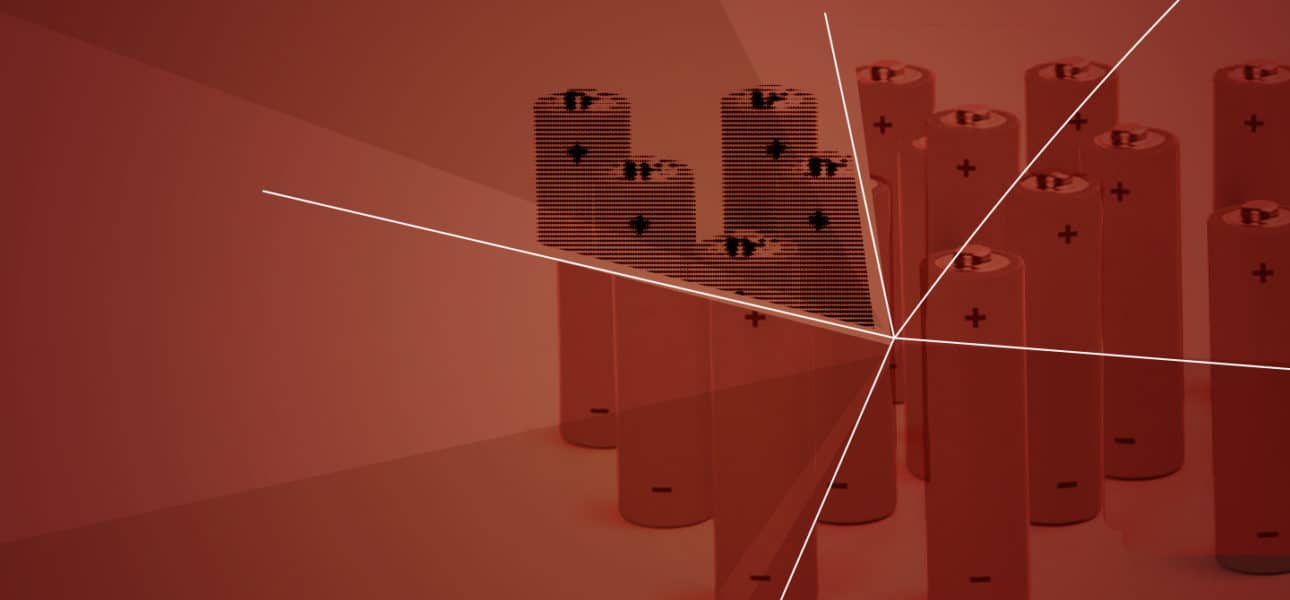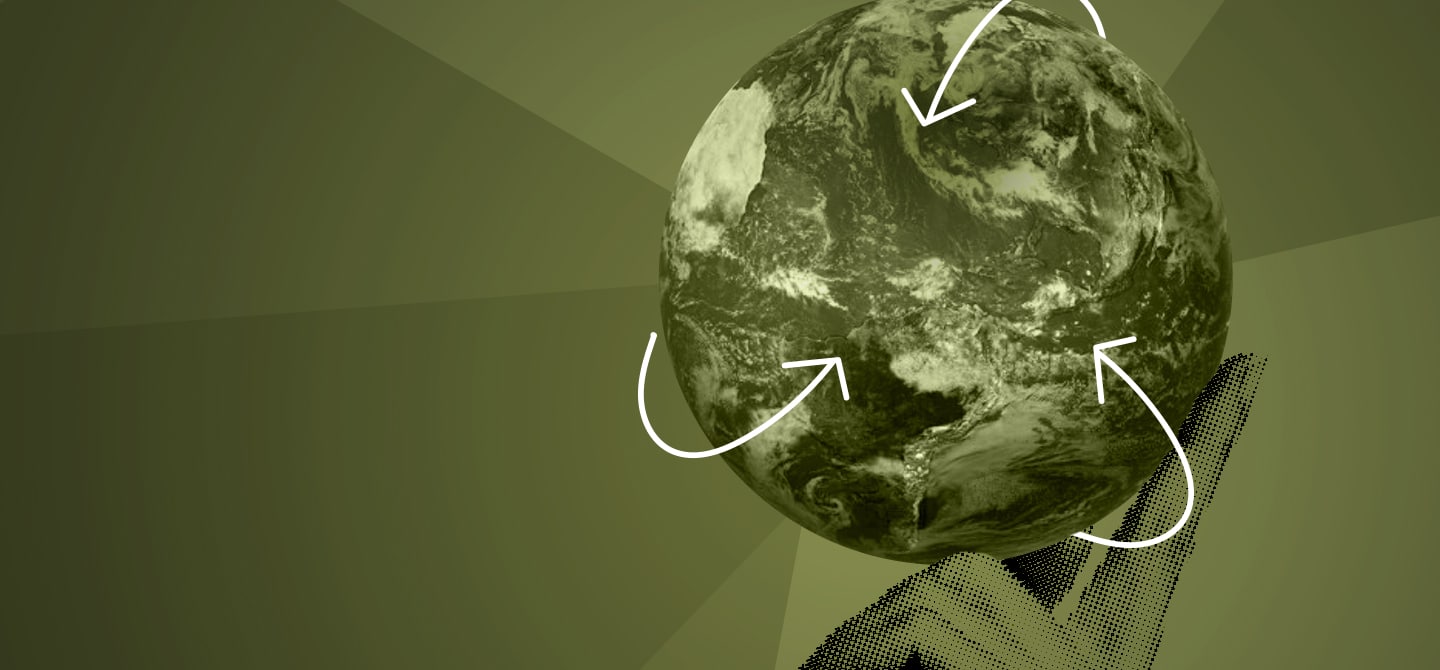What is energy sufficiency and what does it promise ?
Energy sufficiency goes beyond energy efficiency. It is defined as a way of organising ourselves to better meet our energy needs by limiting what we consume. In other words, it is about consuming less to do more. Firstly, from an ecological point of view, reducing our overall energy consumption is obligatory if we are to achieve carbon neutrality. Particularly if we want to switch to renewable energies, as put forward in the various scenarios proposed by RTE1, ADEME2 and Negawatt3. Depending on the scenario, energy consumption will need to be 23–55% lower in 2050 than it was in 2015. It therefore seems unlikely that we will stay on track with the energy transition without factoring in “sufficiency”.
But sufficiency also holds other promises because global warming is just one of the critical global issues we are currently facing. Add to that the collapse of biodiversity, the depletion of certain rare materials, and so on. Each of these problems raises the question : where is the limit to what we can produce and consume to preserve and live in harmony with Earth’s natural system ? On top of that, the energy transition and the “green revolution” also collide with social inequalities : a study shows that by 20304, the carbon footprint of the richest 1% and 10% of the world’s population will be 30 and 9 times respectively that which is compatible with limiting global warming to 1.5°C. Rethinking consumption patterns of the wealthiest populations is therefore necessary for a fairer transition. Not to mention that a reduction in social inequalities is also one of the sustainable development objectives set by the UN.
Lastly, it has been observed that energy sufficiency often creates value : such as less pollution, preservation of nature, financial savings, and strengthening of social ties.

How is energy sufficiency achieved in tangible terms ?
We have shown that there are three types of energy sufficiency5, at different scales of action. Among is “monitored” sufficiency, which corresponds to an incremental optimisation of individual energy use by implementing eco-gestures or monitoring consumption, for example. Next comes “symbiotic” sufficiency, defined by installing a harmonious relationship and synergy with nature. Experiments on this are ongoing in eco-hamlets or “low techs” where simpler, closer-to-nature and more collective lifestyles are being explored. Finally, “managed” sufficiency is more about rearranging infrastructures to reduce energy requirements mechanically : architecture of homes or urban planning can thus be rethought out to encourage sharing of services, or to propose a more appropriate sizing of production equipment and transport networks. These are three very different ways of achieving sufficiency, but in practice they are often complementary.
In concrete terms, we can start to question our consumption : “do I really need it?” or “can we do it differently?” For example, by lowering resolution of videos viewed online or unplugging electrical appliances when not in use are small actions which, without changing our comfort, can have a significant impact when aggregated across the population. Another example is the “Atelier des territoires” in the city of Caen (France), which has been experimenting for several years with the development of a territorial project involving inhabitants and citizens. It has led to the testing of proposals for communal urban services such as shared gardens.
Moreover, let’s not forget the role of companies. Social and solidarity players and cooperatives are developing economic models that combine limited profitability and value creation. The “Licoornes” network, which includes the energy company Enercoop, the telephone operator Telecoop, Label Emmaüs and NEF, is an interesting example of business model that incorporates sufficiency. For example, Telecoop offers a subscription that is charged to the user according to actual mobile data consumption, encouraging consumers to moderate their digital use.
We are also seeing the emergence of initiatives led by engineering collectives to debate or experiment with low-energy solutions. In the “Engaged Engineers” or “For an ecological awakening” collectives, sufficiency has a strong resonance. The LowTechLab and the Transition Campus are also initiatives where new ways of combining the technical and technological expertise of engineers are being experimented with, while at the same time reinventing projects for “better living” in a more harmonious relationship with nature.
Why does energy sufficiency, as a concept, face so much opposition ?
I think it’s important to point out that opposition to energy sufficiency is most often in the form of passive resistance, i.e. it is rarely taken into consideration. In roadmaps of public policies, and sometimes in those of companies, sufficiency is mentioned but implementation methods remain vague. Sufficiency is often confused with energy efficiency, which refers more to improving the performance of technologies, such as the thermal insulation of buildings. But efficiency measures alone potentially lead to a “rebound effect”: the energy gains made possible by efficient technologies are offset by an increase in usage. The gamble on technology alone is therefore very uncertain.
Even if more and more public, private and citizen players are taking on sufficiency, the term is still not being considered enough in the ecological transition, because of negative connotations. When we talk about sufficiency, some people hear “restriction” or “decline”. It is true that sufficiency requires us to think in terms of limited growth. But we are talking about “intelligent de-consumption” which can create economic, social, and environmental value for territories. However, for some, this is still difficult to hear and understand.
Finally, sufficiency can lead to resistance if it is only defined by individual behaviour : injunctions that are often contradictory, between consuming less to preserve the environment and consuming more to boost the economy, or even guilt-inducing, can slow down individual efforts. The yellow jackets movement in France, or the phenomenon of eco-anxiety, are an expression of this. Sufficiency is a way of organising ourselves collectively. It is the purpose of our research, which explores, through case studies, how other modes of organisation are possible. But moving towards these modes of organisation sometimes requires a paradigm shift, particularly in people’s mindsets : we are not used to valuing the fact of doing ‘less’ or doing ‘just enough’. And for sufficiency to be scaled up, other reversals need to be considered : for example, what economic models and public policies should be used for sufficiency ? We still have a lot to build !









